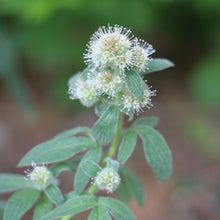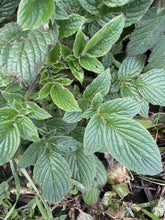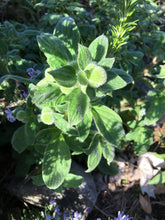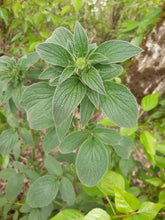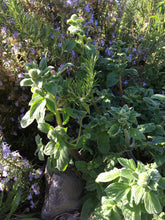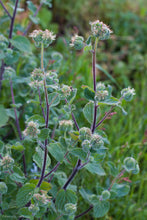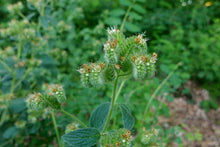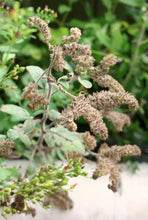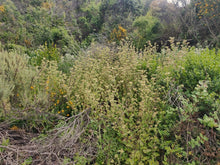
Phacelia nemoralis
Shade phacelia, aka Shade scorpionweed, is a native perennial with a tall upright stem, densely hairy leaves, and exceptionally unique blooms. Starting in late spring, tight fiddleneck coils form and slowly unfurl revealing countless tiny yellowish-white bell-shaped flowers. Though they are not particularly showy by ornamental garden standards, they are highly attractive to butterflies and other insect pollinators - especially bumblebees. Plus it's a nitrogen-fixer!
- Plant type/canopy layer: deciduous, perennial, herbaceous plant
- Size at maturity: up to 36" tall, 12-24" wide
- Light requirements: full sun, part sun/part shade
- Moisture requirements: moist to dry soil
- Bloom time: May - July
- Growth rate/ease: medium growth rate, easy to grow
- Wildlife support: flowers attract and provide nectar to adult butterflies, bees and other insect pollinators; seeds are nutrient-packed food for birds; overall plant is host to caterpillars/larvae of several species of native butterflies and moths including the Orange Tortrix Moth
- Native habitat/range: grows in moist, usually forested areas, especially slopes and openings in mixed evergreen or conifer forests, along the coastline and in the coastal mountain ranges from Washington to central California. Portland Plant List - yes.
- Special features & uses: nitrogen-fixer; landscape uses include butterfly and pollinator gardens and containers
Gardening with Shade Phacelia: True to its name, shade phacelia is an excellent choice for areas or your meadowscape or pollinator garden where other plants have struggled, such as the drier and/or shadier areas at the edges of tree or shrub canopy or along buildings. It can get quite tall, especially with the more sun it receives, but manages to hold its form relatively well. Like other phacelia, it will scavenge for and fix nitrogen into the soil so it can also be a strategic choice near vegetable or other food crops.
Seed Sowing instructions: Can be fall or spring sown. Cool temps may enhance germination, so if spring planting, early to mid is better than late spring. When fall planted, seeds may not germinate until temps warm in the spring. Little to no stratification needed. Sow seeds on prepared, weed-free soil approx 60 seeds/sq ft or a small “pinch” per small pot or directly "in situ". Cover lightly with soil. Each packet contains approximately 200 seeds.
Photo Credits 1 & 8 (flower close, dried seed heads): Karli Del Biondo, Beetles and Bees
Photo Credit 2 (foliage): © Peter Abrahamsen, some rights reserved (CC-BY)
Photo Credits 3 & 5 (budding plants in the garden): Tracy Cozine, Sparrowhawk Native Plants
Photo Credit 4 (budding plant): © Jeffrey Lee (he/him/his), some rights reserved (CC-BY)
Photo Credit 6 (flowering stems): © Ken-ichi Ueda, some rights reserved (CC-BY)
Photo Credit 7 (cymes, close-up): © Don Boucher, some rights reserved (CC-BY)
Photo Credit 9 (wild patch, late season): © Alexander Wentworth, some rights reserved (CC-BY)









